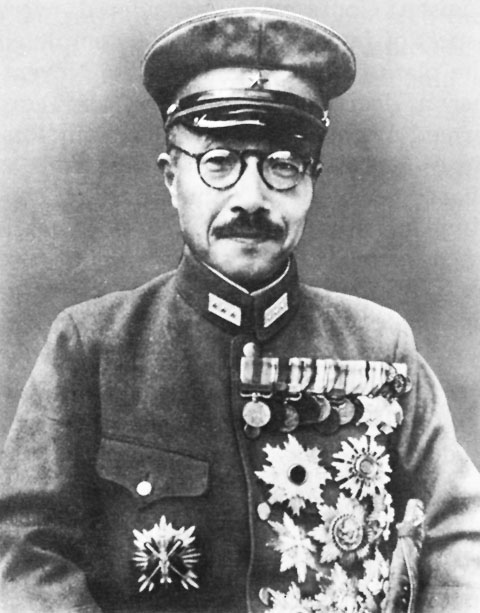1. Audio of a words in both English and Spanish. Will also translate phrases.
2. Google Search - Espana: The word can be typed in English, and the search finds results in Spanish, including images. Also Google Arabic is available.
3. Also Google Arabic is available.
2. Google Search - Espana: The word can be typed in English, and the search finds results in Spanish, including images. Also Google Arabic is available.
3. Also Google Arabic is available.
Rise Of Fascist Dictators
Intro:
Fascism is a governmental system led by a dictator having complete power in their country over their people. They use force to control any opposition to or criticism of their rules and laws. The people have no freedoms in a system like this. They control all factories, trade, etc.. They focus upon aggressive nationalism, and often include racism.
A DICTATOR IS a person who has unchallenged (nobody opposes him) power. A ruler who has absolute, unrestricted control in a government.
Adolf Hitler In Germany
Hitler at a parade
The speech you saw at the end of the last module showed you how Hitler campaigned to get elected as leader of Germany, using the problems of the German people. His people would soon start winning elections. Germany wanted a strong leader who would lead them to better times at home and more respect around the world. Hitler’s Nazi Party finally won enough power in the German Government to have him named Chancellor (leader) on January 30, 1933.
Hitler as Chancellor meeting with his helpers
Next Steps to Power
On 27 February 1933, only 3 weeks later, the Reichstag building (where German government had meetings) was set on fire.

Reichstag building on fire
Since a Dutch communist (enemies of Nazis) was found in the building, the fire was blamed on a communist plan to take power in Germany (Their country, The Nethelands, was right next to Germany.). The Hitler government reacted with the Reichstag Fire Decree of 28 February, which took away many basic rights from the German people:
- rights of personal freedom (to do what you want)
- freedom of opinion
- freedom of the press
- freedom to get together and have meetings
- privacy of mail and telegrams (electronic communications)
- freedom of telephone communications.
There was no longer a need for the government to get permission before they searched your house. Orders to take your property could be given, and no argument was allowed. Hitler now had power that made him a very strong dictator.
Hitler Takes ALL Power
Then the last block fell that had limited Hitler's power in Germany. President Paul von Hindenburg died on 2 August 1934. Rather than call new elections as required by law, Hitler passed a law saying the office of president would remain empty, and that he, Adolf Hitler, would take ALL powers as the head of state (leader) of Germany as Führer und Reichskanzler (leader and chancellor). This action removed the last legal way by which Hitler could be removed from power. He now could NOT be challenged in Germany.
Benito Mussolini was an Italian politician who led the National Fascist Party and is given credit for being one of the key people in the creation of Fascism. He had great power over his people.
Speech declaring war on Great Britain and France
He took power in Italy in 1922. Since they were both fascists, Hitler and Mussolini became great friends. Eventually they would decide to join their countries together in an alliance. Since Germany was a more powerful nation, they were seen as the stronger partner in the alliance.
Mussolini visited Germany to attend a LARGE Nazi celebration in 1937.
Mussolini with his ally Hitler
Then on 10 June 1940, Mussolini led Italy into World War II on the side of the Axis (Germany and Japan). He believed the war would be short (not last long), so he declared war on France and Great Britain in the hope that he could gain territories (the red shows the territories they controlled) in the peace treaty that he thought would soon follow.
Hideki Tojo In Japan

Hideki Tojo was a general in the Japanese Army. In October of 1941 he became the 40th Prime Minister of Japan, and served until 22 July 1944. The Emperor was the leader of Japan, as the people considered him to be a god, but Tojo was the one with the real power, because he controlled the Army and Navy.
Before he became leader of the Japanese government as Prime Minister, he served as a general, advancing the goals of Japan to expand their territory over wide areas of Asia (Manchuria, Mongolia, China, and Southeast Asia ( Thailand, Cambodia, etc.)). Tojo continued to do his job as Army Chief while he was serving as Prime Minister. His power and popularity was strong while the Japanese army and navy won battles.
However, he started to lose power after the Japanese lost The Battle of Midway in 1942.
However, he started to lose power after the Japanese lost The Battle of Midway in 1942.
Attack on Japanese aircraft carriers during the battle
Some say it was Tojo who pushed the plan to attack the U.S. at Pearl Harbor. After the end of the war, Tōjō was sentenced to death for war crimes by the International Military Tribunal for the Far East and hanged on 23 December 1948.
Together these three countries, Japan, Italy, and Germany joined together to form the group called the AXIS POWERS.